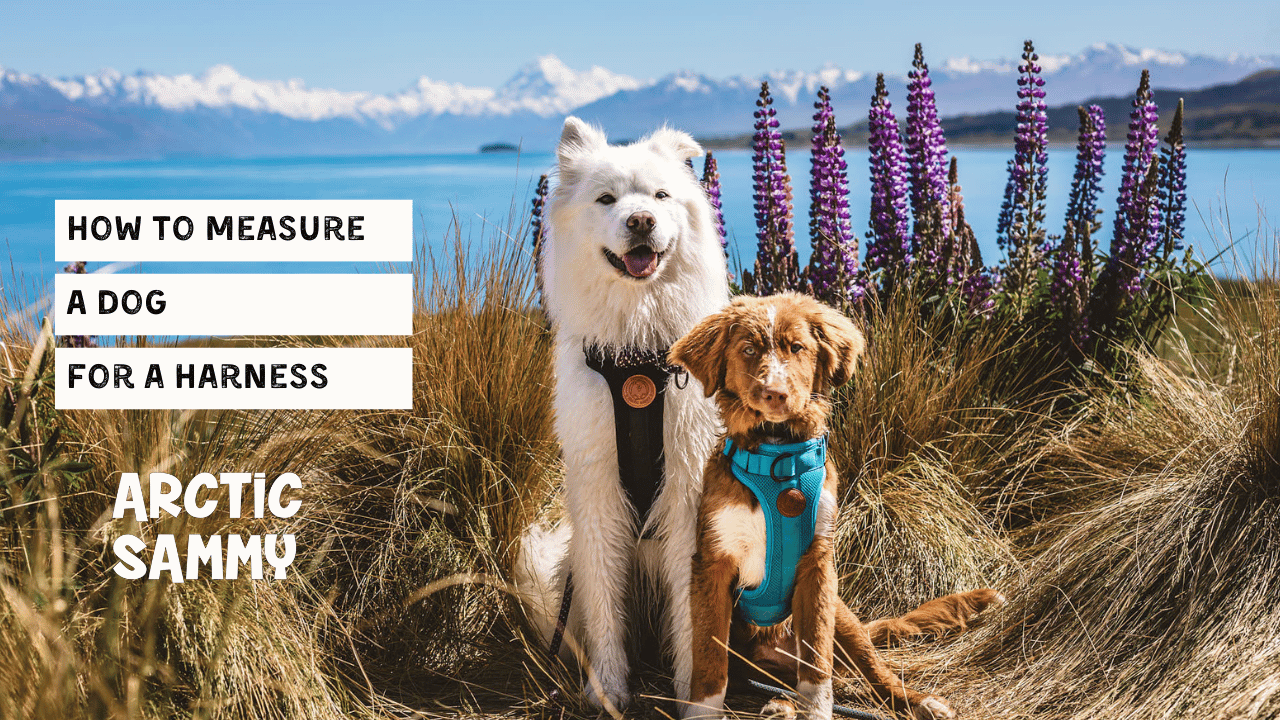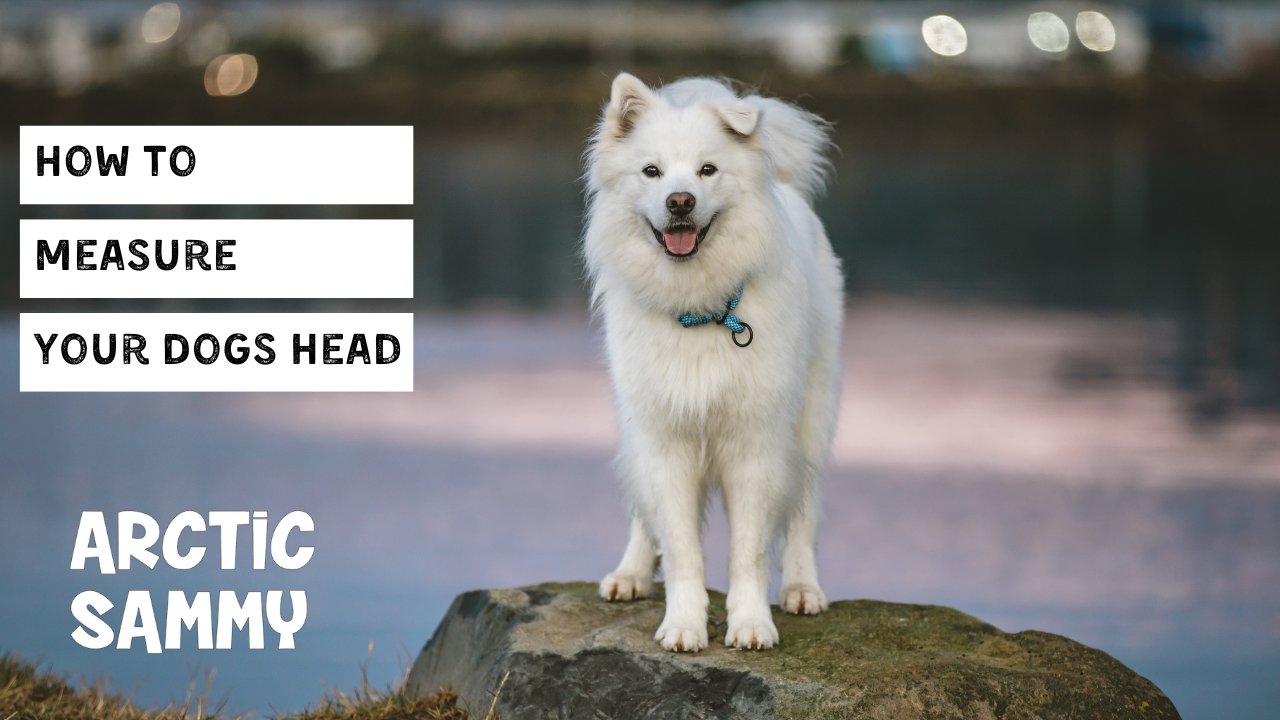Trying to find the right collar for your dog can make you feel like Goldilocks. With so many different styles and sizes, this can easily make you feel overwhelmed. You’re looking for one that’s just the right fit: comfortable for your pup to wear but impossible for him to wriggle out of. So how tight should a dog collar be?
Firstly, here’s some good news: there’s a collar out there that’s absolutely perfect for your beloved pup. Just like there are many wonderful canine breeds in the world, there are many wonderful styles of dog collars for them and they also come in a wide variety of pretty colours! Two of the most common collar types are “flat collars” (the standard style) and Martingale (limited slip) collars for breeds with narrow heads, but the options don’t end there.
The last thing you want to do is buy your dog a collar that ends up being just not quite right. That’s a mistake many dog owners make, but with a little research and preparation, you won’t be one of them. Follow a few simple steps and you’ll find shopping for pet collars is really a breeze.
So how tight should a dog collar be, and where do you find outdoor dog products built to last? Arctic Sammy has the answers to satisfy both you and your canine companion.

Especially small dogs and breeds with narrow heads are prone to slip out of their collars
The risks of a poorly fitting collar
There’s a balance to how tight a dog collar should be that sometimes feels hard to strike. We all want what’s best for our dogs, so it’s easy to buy a collar that’s too tight because you’re feeling protective or let concerns about comfort lead you down the overly relaxed road. Yet if your dog is coughing a lot, seems lethargic or sounds like he’s having difficulty breathing, these are all serious warning signs that his collar is too tight. Meanwhile, if you buy a collar that’s too loose, it’s easy to slip out of or may constantly hang low or move around on your dog’s neck which can be irritating.
Collars that are too tight and too loose both come with their own risks. Too much constriction can lead to a whole range of problems: breathing difficulties, skin problems, neck damage, mouth injuries. If the collar is too loose, it can irritate your dog’s skin and – even worse – he may be able to escape from it.
Luckily there’s a method you can use to pick the collar that best protects your dog’s health, comfort and wellbeing.
The two-finger rule
How do you know how tight a dog’s collar should be? One of the most effective and popular approaches to use is the two-finger rule.
All you have to do is place two fingers between the collar and your dog’s neck while pulling back on the collar very gently. If you can comfortably fit two fingers in, the collar is the right size. If you can’t move your fingers at all, the collar is too tight. But if you have nothing but room to wiggle them around, that’s a sure sign that your pet could use a firmer collar. Please note, this rule only applies on collars with buckles and not for slip-on or Martingale collars. It is also worth checking your pup's collar every once in a while to make sure it is still intact and fits well (especially after shedding times).

How to measure a dog’s neck for the right collar size
The two-finger rule can also apply when measuring a dog’s neck, but it doesn’t always. When it comes to online shopping, different dog collars have their own sets of measuring instructions. It’s important to make sure you measure your dog’s neck and not just the current collar you are using.
Measuring for Martingale Collars:
Measure your dog’s head with a soft measuring tape or, if you don’t have one, a piece of string which you can then place against a ruler. Place the tape tightly and snugly around the dog’s head, at the widest part. This is normally around the ears and under the jaw. Take the exact measurement here as the “two fingers” rule doesn’t apply.
Measuring for regular “flat collars” with buckles:
Measure your dog’s neck where his current collar would normally sit. Take about 2-3 cm more into account to apply the "two fingers” rule.
Your dog will wear his collar every day, so comfort and safety is as important as the right fit. If you need help with any of those areas, the Arctic Sammy team is happy to help.

Find the right dog collar with Arctic Sammy
At Arctic Sammy, we have a wide range of colourful dog collars made for all kinds of breeds and built to last. These collars have been developed and refined over time and tested on a range of different dogs and breeds. Made from durable NZ climbing rope, our collars are strong and tear-resistant yet gentle on your dog’s skin.
Our Martingale Limited Slip Collars are specially made to avoid the danger of putting a collar on too tightly. While regular slip collars provide no limits and function as a choker, ours can only tightened to a certain point that you can adjust. Super safe and comfortable for your dog and a guarantee your dog won’t be able to slip out of it.
Take a look at our full range of dog collars. To find out more about our outdoor dog products, drop us a line at hello@arcticsammy.co.nz.



